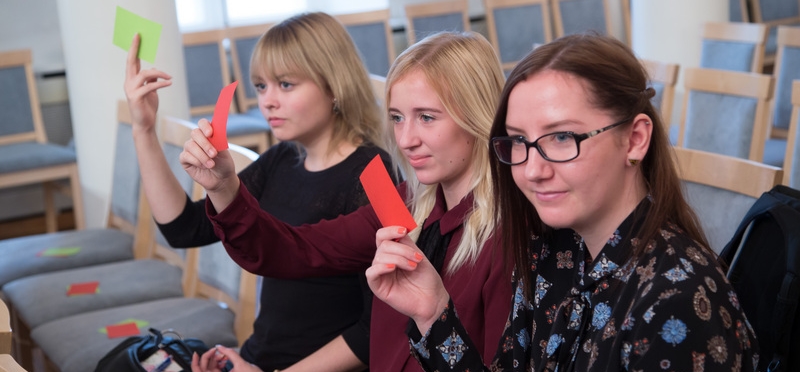- Home
- Study book
- Week 1: Introduction to multilingualism and plurilingualism
- Week 2: Understanding bilingualism
- Week 3: Multilingualism in state and society, and the role of communities
- Week 4: Early Childhood Multilingualism
- Week 5: Multilingual school
- Week 6: Multilingual higher education
- Week 7: Interculturalism and intercultural communication
- Course team

MOOC: Multilingual Education
2.1. Mapping bilingualism
Week 2 Part 1 will help you to:
- get to know the different interpretations of the terms “bilingual” and “bilingualism”,
- become acquainted with and understand how the phenomenon of bilingualism emerges and what are the different standards used to define it.
To reach these goals you are expected to:
- watch the introductory video,
- read the text below to learn about the concept of bilingualism and bilinguality and understand the different standards applied in defining this phenomenon,
- explore the map of Europe to identify areas where languages are in contact.
 Video
Video
Mapping bilingualism
 Reading
Reading
Languages in contact create bilingualism
Bilingualism is a phenomenon that arises as a result of languages in contact. In this respect Hoffmann (1991) points out that “linguistic frontiers rarely coincide with political ones” and that in the course of history, communities in Europe and also in other parts of the world traditionally did not develop in isolation, but by establishing links with one another. These links have been of different nature – friendly, commercial, but also hostile, involving wars and conflicts, and as such were perceived as either positive or negative by the members of the communities concerned. As we have learned in the previous week, these links always influenced the speech behaviour of the people involved in the contacts and thus affected their languages. Bilingualism is one of the possible results of such language contacts.The history of Europe up to the present has been marked by intense political, economic and cultural interaction, therefore the European linguistic landscape is nowadays characterized by widespread bilingualism.
Bilingualism vs. bilinguality
Bilingualism refers to the state of a linguistic community where two languages are in contact with the result that two codes can be used in the same interaction and that a number of individuals are bilingual (Hamers and Blanc 2000, 6). It is a broad concept which includes the notion of bilinguality intended as individual bilingualism, i.e. a psychological state of an individual who has access to more than one linguistic code as a means of social communication, and whose degree of access may vary along a number of dimensions (psychological, cognitive, socio-cultural, etc.).
Standards of bilingualism
According to a somehow traditional and widely accepted understanding bilinguals are persons who are able to speak two languages perfectly. This view is also shared by some more traditionally oriented scholars, such as Bloomfield (1935: 56), who define bilingualism as “the native-like control of two languages”. In contrast to this view, Macnamara (1967) suggests considering a bilingual anyone who possesses a minimal competence in one of the four language skills (listening comprehension, speaking, reading and writing) in any language other than his/her mother tongue. And there is a number of other definitions that fit into the range between these two extremes (the so called maximalist and minimalist stance). Macnamara’s definition is closer to more recent interpretations of bilingualism which see it as the first step towards or the first stage of plurilingualism. However, these definitions only take into account a single dimension of bilingualism, the level of proficiency in both languages involved, and ignore its non-linguistic dimensions, especially the functional aspect.
Sources:
Bloomfield, Leonard. 1933. Language. New York etc: Holt, Rinehart & Winston
Hamers, J. F., Blanc, M., & Blanc, M. H. (2000). Bilinguality and bilingualism. Cambridge: Cambridge University Press.
Hoffman, Charlotte. 1996. “An Introduction to Bilingualism 4th impression.” UK: Longman Ltd .
Macnamara, John. “Bilingualism in modern world.” Journal of social issues 23.2 (1967): 1-7.
 Activity
Activity
Languages in contact
Europe is characterised by a number of areas in which different languages are in contact. Look at the map below which shows some of these areas and identify the languages in contact.
Match the numbers on the map with the boxes of language on the right by dragging the number to their right places next to the languages.
Further reading:
Hoffman, Charlotte. 1996. “An Introduction to Bilingualism 4th impression.” UK: Longman Ltd .
Macnamara, John. “Bilingualism in modern world.” Journal of social issues 23.2 (1967): 1-7. https://spssi.onlinelibrary.wiley.com/doi/pdf/10.1111/j.1540-4560.1967.tb00571.x


